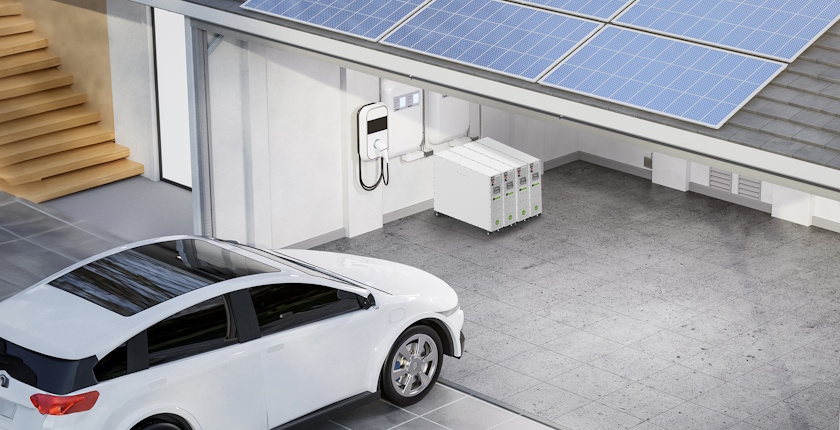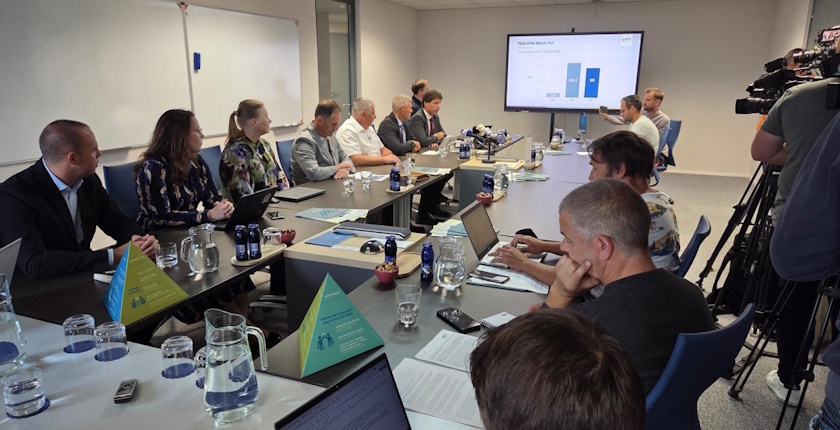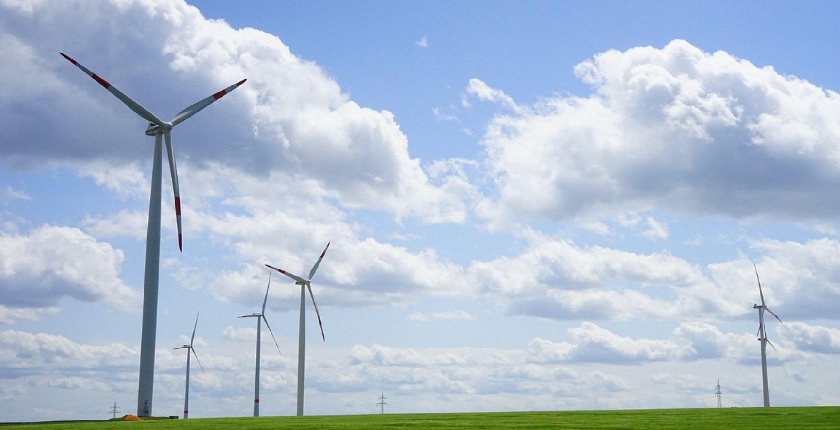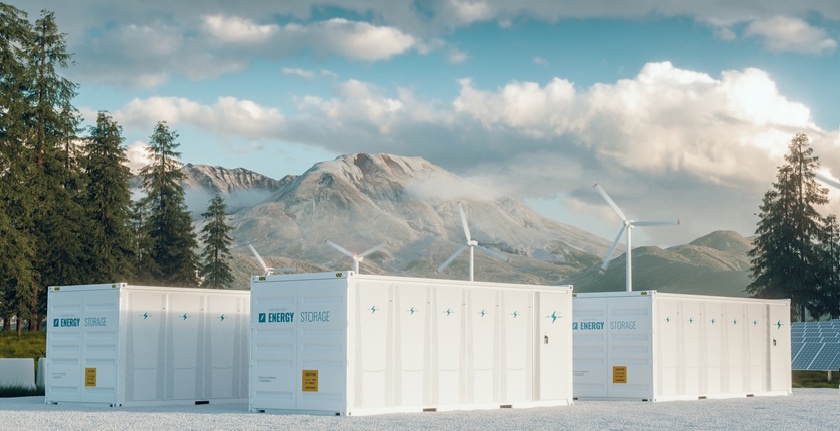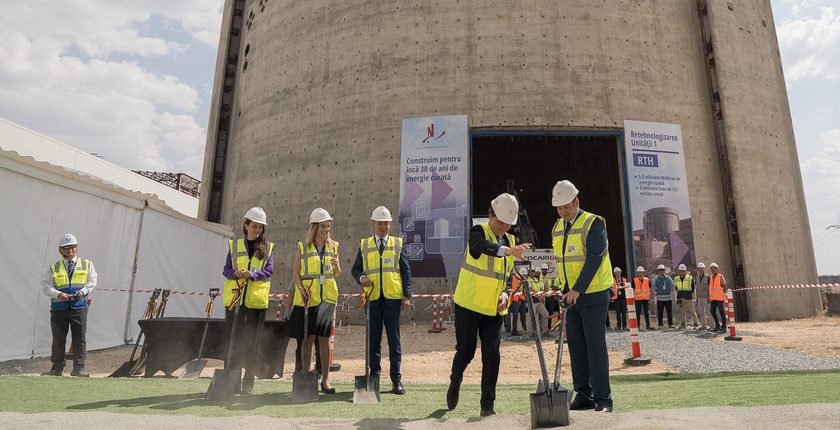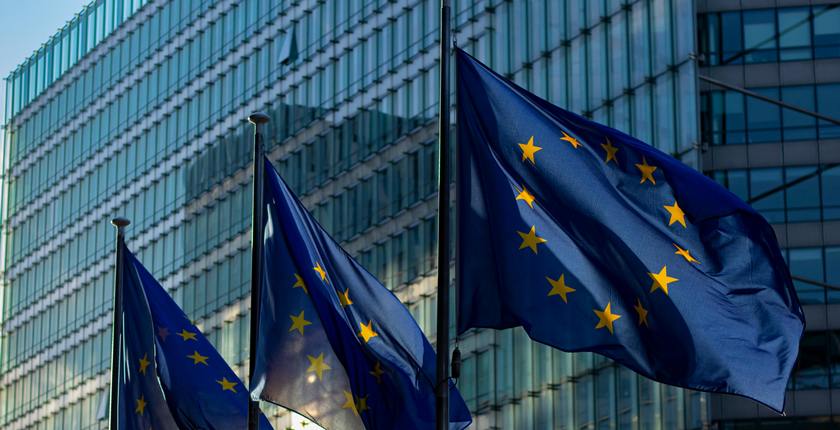
EU mulls steps to prevent bypassing of CBAM
The European Commission plans to propose measures by the end of the year to prevent exporters to the European Union from avoiding the bloc’s carbon border tax.
Brussels fears exporters from third countries could ship low-emission goods to the EU, while selling high-carbon products in other markets, without reducing their overall emissions, Reuters reported.
The Carbon Border Adjustment Mechanism (CBAM), set to come into force on January 1, 2026, will impose fees on the CO2 emissions of goods imported to the EU from countries without a carbon pricing scheme. The tax will cover cement, iron and steel, aluminum, fertilizers, electricity, and hydrogen.
The carbon border tax is expected to severely affect the EU’s neighbors, including the Western Balkan countries.
CBAM could be extended to other products
The European Commission is concerned that CBAM could be bypassed if foreign firms redirect their low-carbon products to Europe while still producing high-carbon goods for export to other markets. This way, they would avoid the EU’s carbon border tax without actually reducing their overall emissions.
To address the problem, the EU executive intends to propose extending CBAM to other products, a European Commission spokesperson has said, according to Reuters.
Imported goods could be given a fixed emissions value per country or per company
The Commission is also considering a system under which goods are given a fixed CO2 emissions value per country or per company rather than calculating specific emissions per shipment, Reuters reported, quoting an unnamed senior EU official.
According to the news agency, the official also hinted that Chinese exporters could potentially attempt to circumvent CBAM in this way.
Exporters from these countries are struggling to adjust to the new system, especially in the electricity sector, and have requested a postponement of CBAM.
However, the administration in Brussels is not willing to consider delaying its implementation date.

